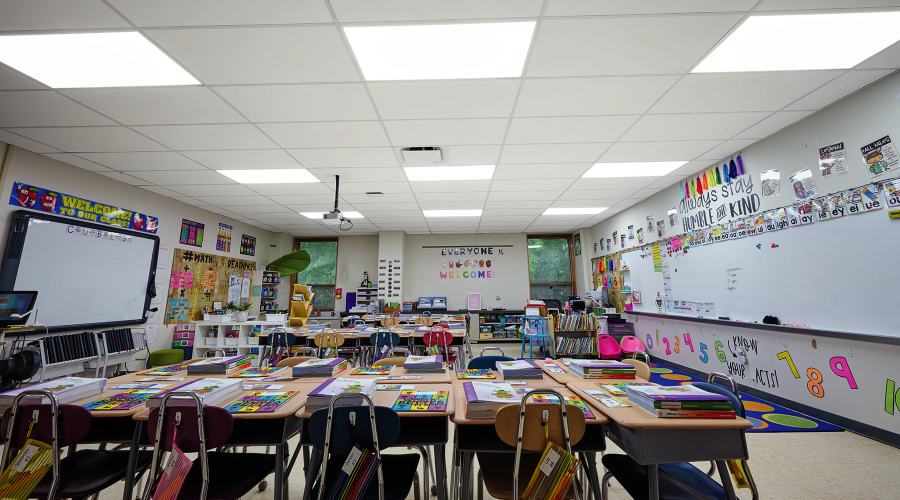Water Common Source of IAQ Problems
Water intrusion is often a source of potential IAQ problems because it can bring in contaminants washed from the air or from exterior surfaces, and it can lead to the growth of mold after entering.
Finding the source of a leak can be difficult. Dampness or dripping water might show up inside far from the point of entry, possibly through a roof leak, a scupper leak, mortar-joint openings, cracks, or leaks in window seals. If the leak occurs in the roof, inspection might uncover separated caulking or flashing, or a leak around roof penetrations.
Some leaks allow water to enter a closed space between the roof and interior ceiling. Such leaks are so small that technicians must use infrared-imaging technology to locate the areas of moisture under the roofing or inside walls. Aimed at hidden, wet areas, infrared imagers measure the temperatures of surfaces and offer an indication of the underlying conditions.
The imager's display appears blue for cooler areas that contain moisture, while the surrounding drier areas are warmer and appear yellow, orange or red on screen. The display shows the moisture profile over the area scanned, and technicians log the data for later evaluation or real-time transmission to a remote device.
If walls or ceilings show water stains, technicians can use a digital moisture meter to measure the percent of moisture by comparing the reading for a known dry surface to that of a suspected wet one.
By using appropriate tests and instruments for detecting potential IAQ contaminants and remediating them right away, managers and technicians assure healthier indoor environments, as well as more comfortable and productive occupants.
Thomas A. Westerkamp is a maintenance and engineering management consultant and president of the work management division of Westerkamp Group LLC.
Related Topics:















